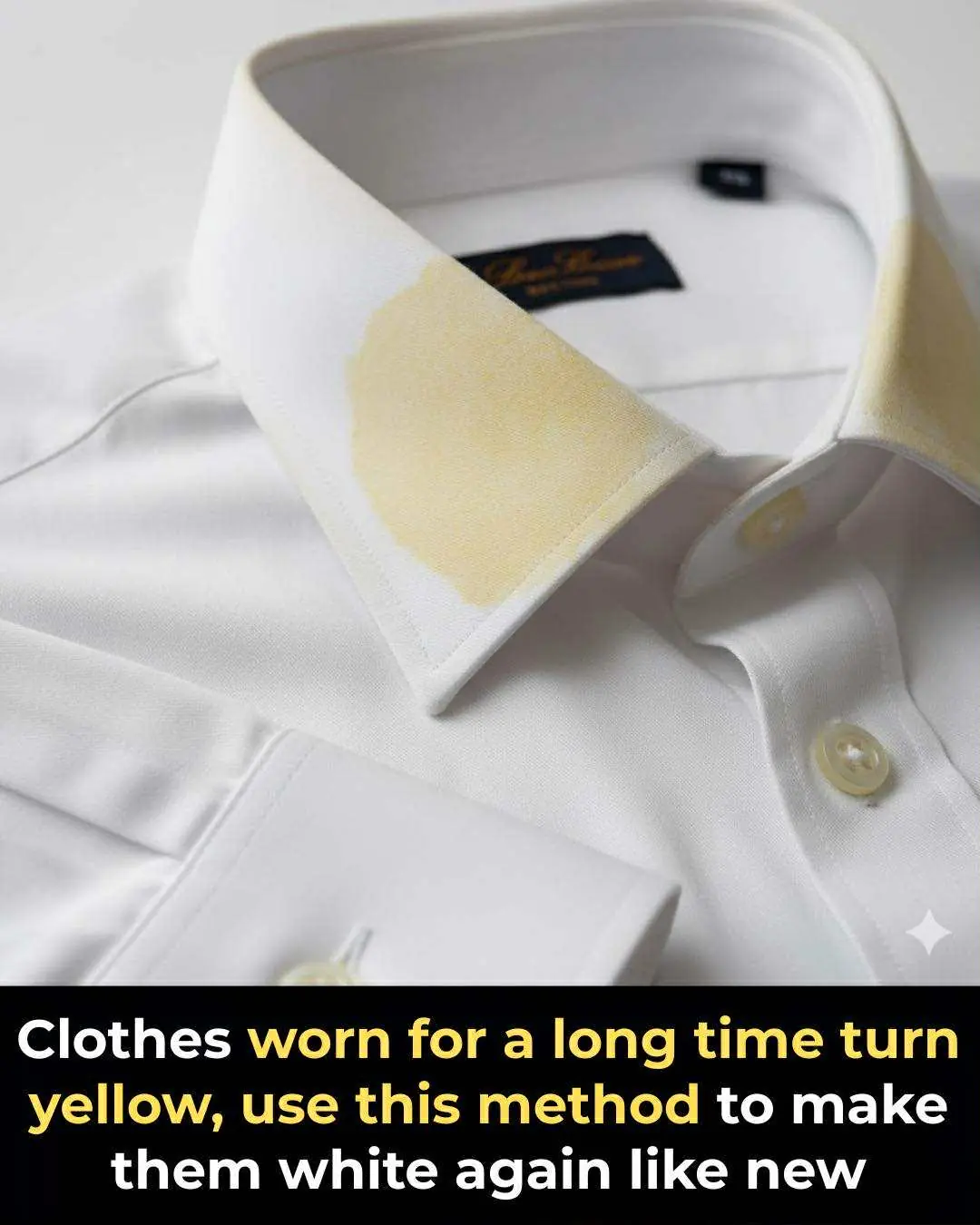
Whatever you fry, just add 1 spoon of this powder to the pan, no oil will splatter, the food will be golden brown and crispy.
Add Just One Spoonful of This Powder When Frying—No More Oil Splatter, and Your Food Turns Golden and Extra Crispy
When frying any dish, adding a small amount of a particular powder to the pan beforehand can make a surprising difference. It helps reduce oil splatter, keeps the stovetop clean, and makes food crispier and more evenly browned. Here’s how it works and why you should try it.
Dry the Ingredients Thoroughly Before Frying
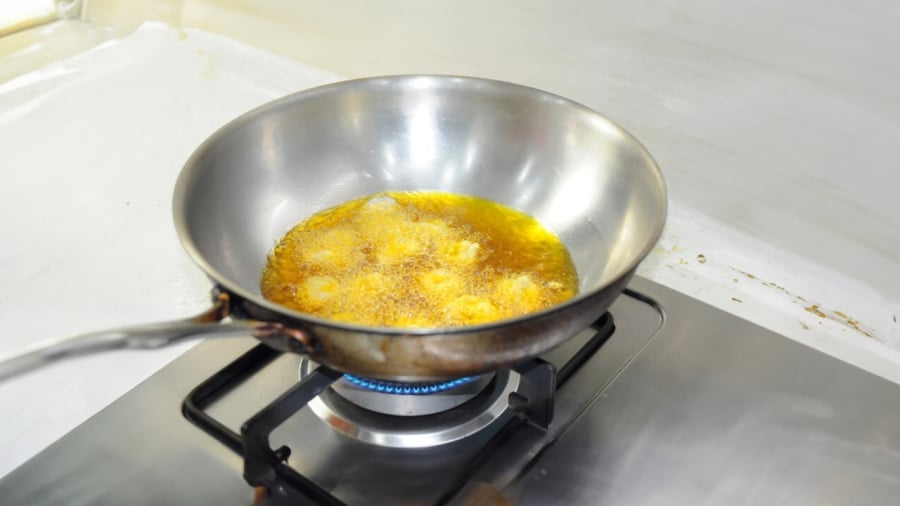
From a physics perspective, water is heavier than oil, but oil has a much higher boiling point. This means that when hot oil comes into contact with droplets of water on the surface of food, the water instantly vaporizes and expands. As the water vapor pushes upward, it causes popping sounds and sends hot oil flying out of the pan. Not only does this dirty the kitchen, but it can also lead to painful burns.
The simplest way to prevent splattering is to remove as much moisture as possible from the food before frying. Allow the ingredients to drain, or pat them thoroughly dry with paper towels before placing them into the hot pan.
For dishes wrapped in fresh leaves—such as beef wrapped in wild betel leaves—make sure to dry the leaves completely before assembling and frying. Even a thin layer of moisture can trigger splattering once it hits hot oil.
Use Coating Powders to Reduce Moisture and Improve Crispiness
Batter and coating powders like cornstarch, wheat flour, or crispy frying mix can significantly reduce splatter. Sprinkle a thin layer of powder over the surface of the ingredients. The powder absorbs excess moisture that would otherwise react with the hot oil, helping the frying process go smoothly.
This method not only minimizes splattering but also creates a beautifully golden and crunchy exterior. It’s especially useful when frying fish, chicken, or vegetables.
Another effective trick is to add 1–2 teaspoons of flour directly into the hot oil, stir it gently so it spreads evenly across the pan, and then add your food. The powder forms a thin barrier that reduces contact between water and hot oil, effectively preventing splatter.
Fry with Pork Fat for Superior Flavor and Stability
Pork fat is naturally well-suited for frying. The ideal frying temperature—between 160°C and 205°C—is easy to achieve with pork fat without causing oxidation or breaking down the fat. This results in better flavor, a more stable cooking process, and food that browns beautifully.
Unlike some oils that degrade at high heat, pork fat maintains its structure, making it an excellent choice for deep-frying or pan-frying crispy dishes.
Add Salt to Lower Oil Splatter
Salt has excellent moisture-absorbing properties. When the oil is heated, add a small pinch of salt and stir until it dissolves. The salt helps absorb residual moisture and creates a saline solution with a higher boiling point than plain water. As a result, the temperature difference between the oil and the moisture on the food is reduced, significantly decreasing splatter.
This technique is especially useful when frying foods that naturally retain moisture, such as seafood or vegetables.
Rub the Pan with Ginger to Prevent Sticking and Splattering
Ginger contains natural essential oils that form a thin protective layer on the surface of a hot pan. This layer helps prevent food from sticking and reduces splattering.
Simply slice a piece of fresh ginger and rub it across the hot pan for 1–2 minutes. Remove the ginger, pour in the oil, and proceed with frying. Besides reducing splatter, this also adds a subtle aroma that enhances many savory dishes.
Extra Tip: Maintain Proper Oil Temperature
Keeping the oil at the right temperature not only ensures crispiness but also helps avoid splattering. If the oil is too hot, it can burn the coating or moisture instantly, causing violent popping. If it’s too cold, food absorbs excess oil and becomes soggy.
A simple way to check:
-
Insert a wooden chopstick into the oil—if small bubbles rise steadily, the oil is ready.
-
If bubbles appear too rapidly, the oil is too hot.
Maintaining stable heat makes frying safer and produces tastier results.
News in the same category

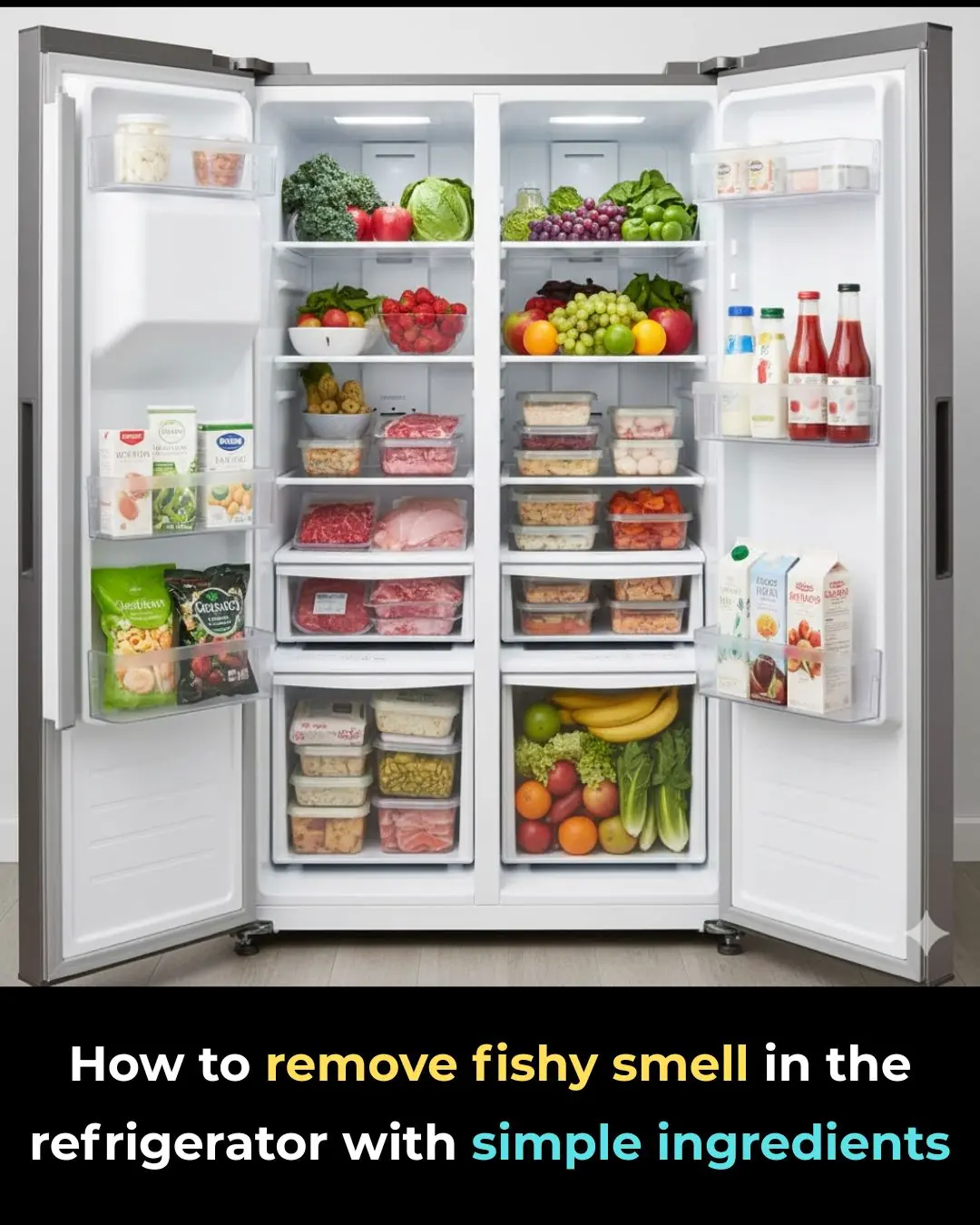
How to remove fishy smell in the refrigerator with simple ingredients
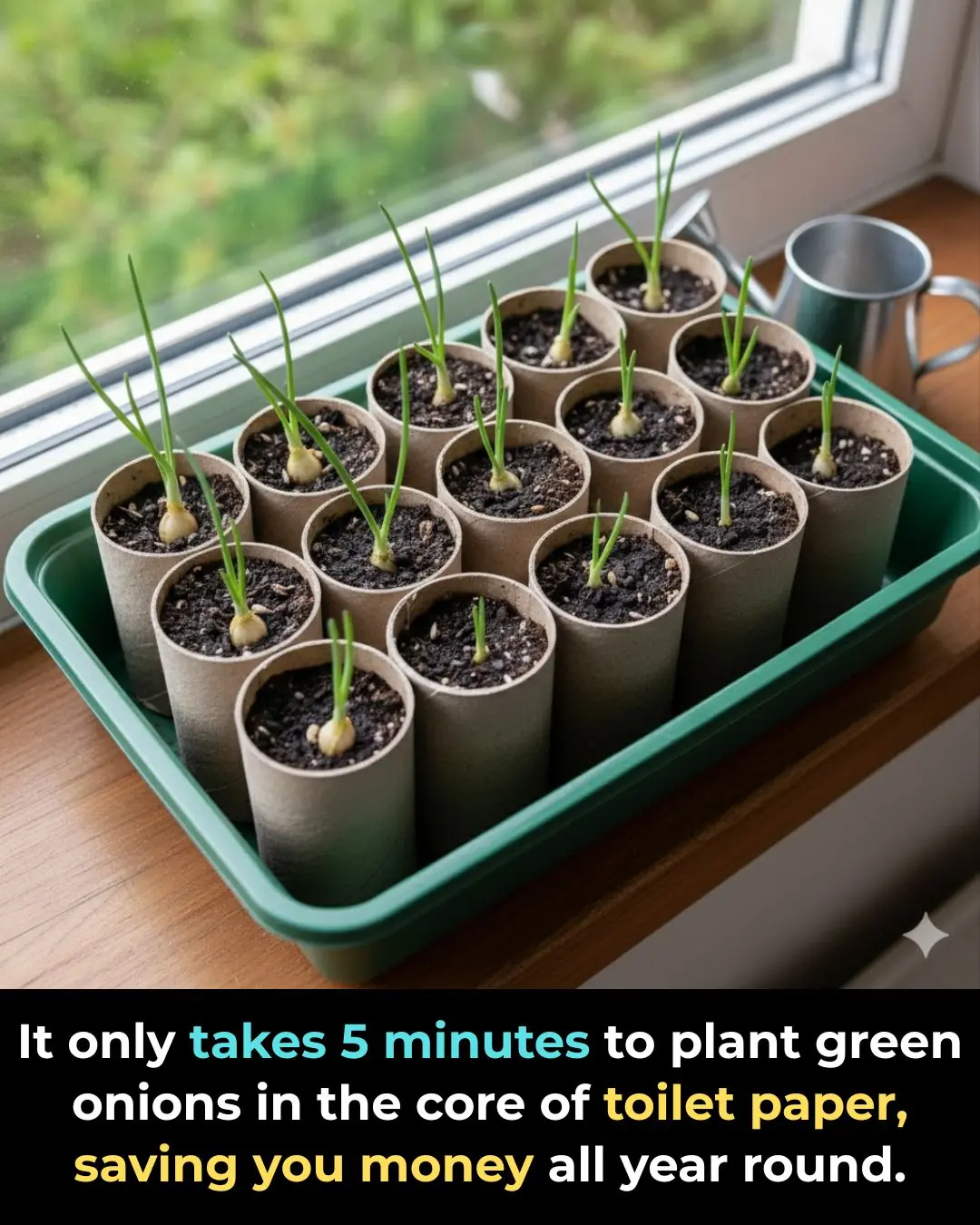
It only takes 5 minutes to plant green onions in the core of toilet paper, saving you money all year round.
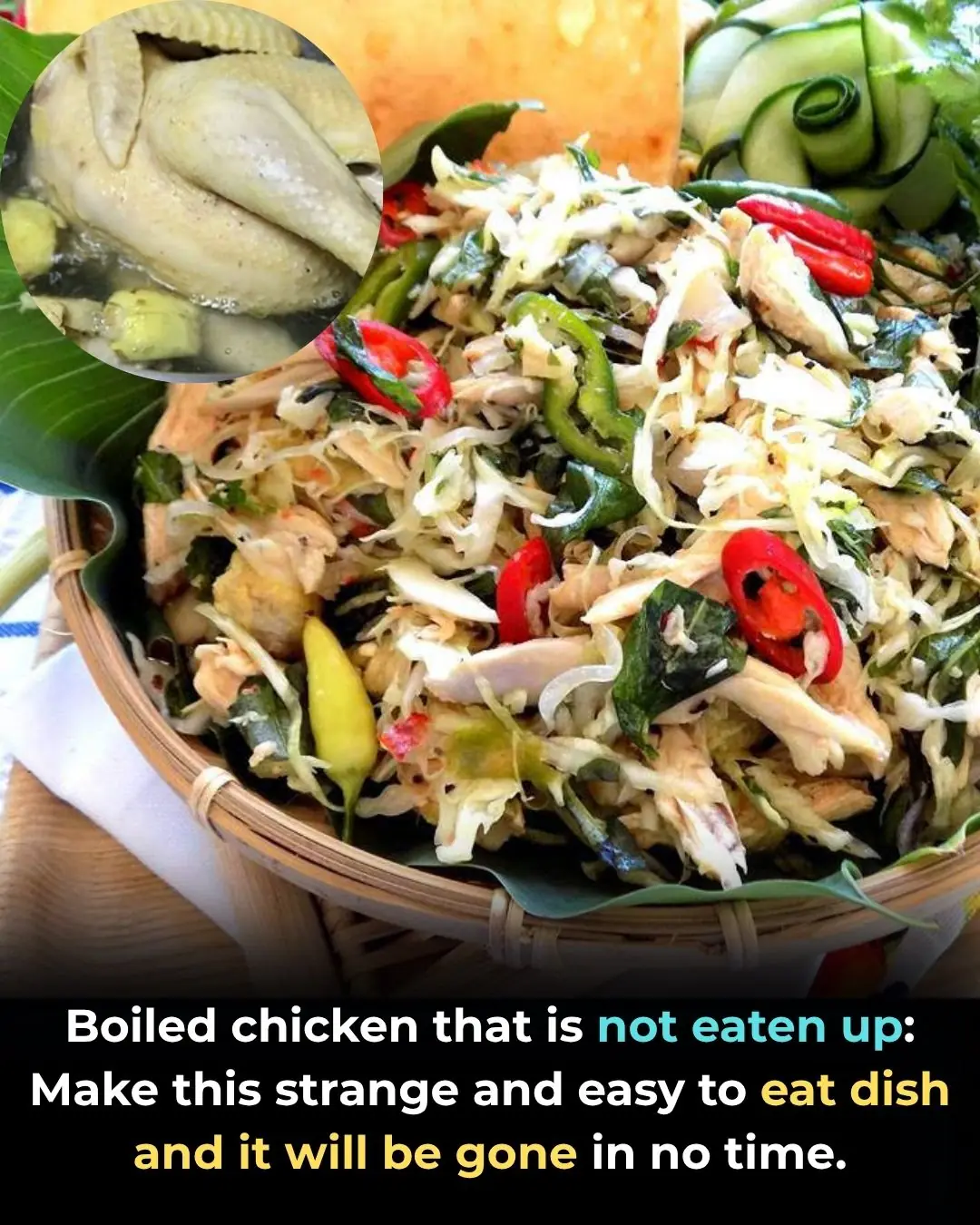
Boiled chicken that is not eaten up: Make this strange and easy to eat dish and it will be gone in no time.
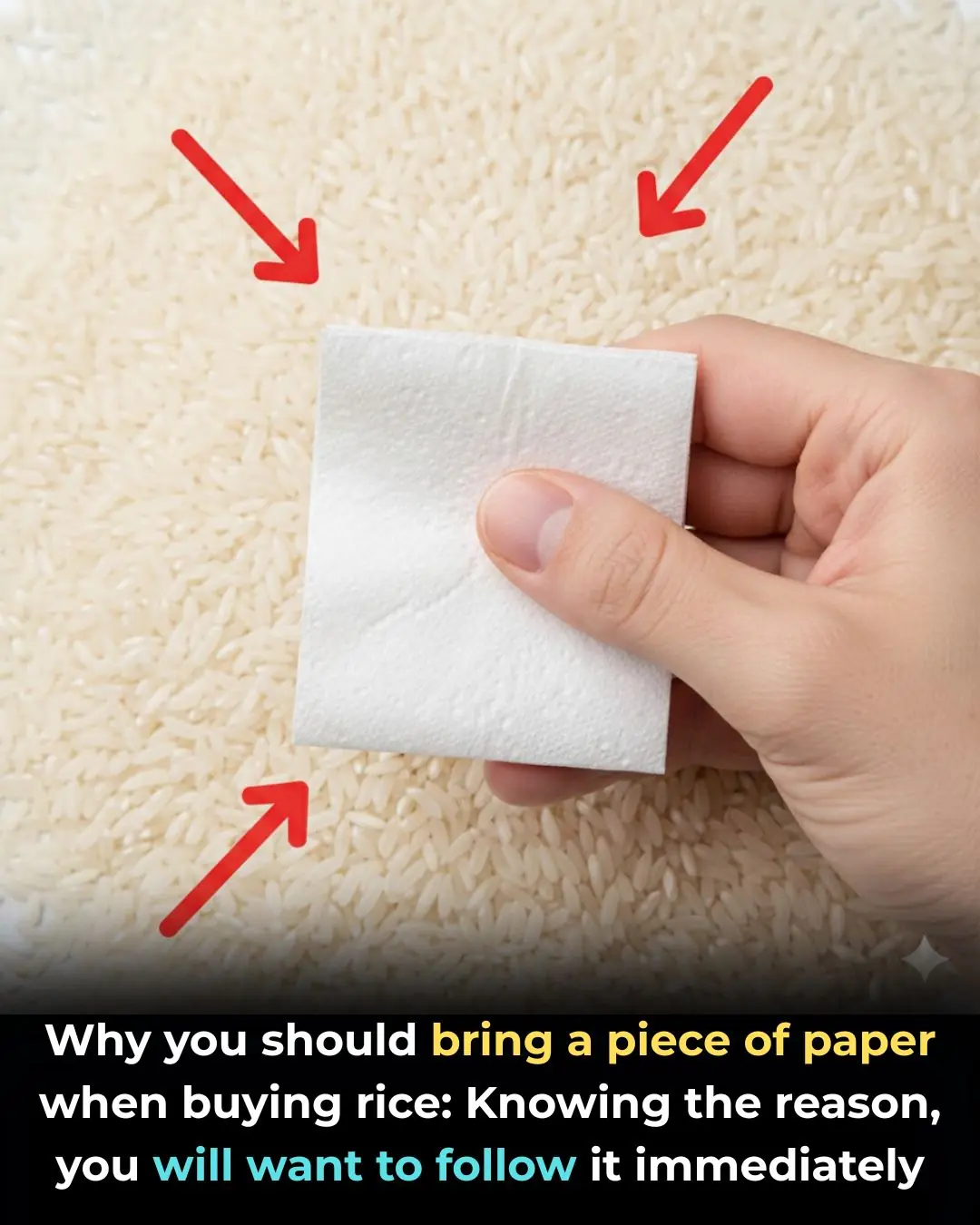
Why you should bring a piece of paper when buying rice: Knowing the reason, you will want to follow it immediately
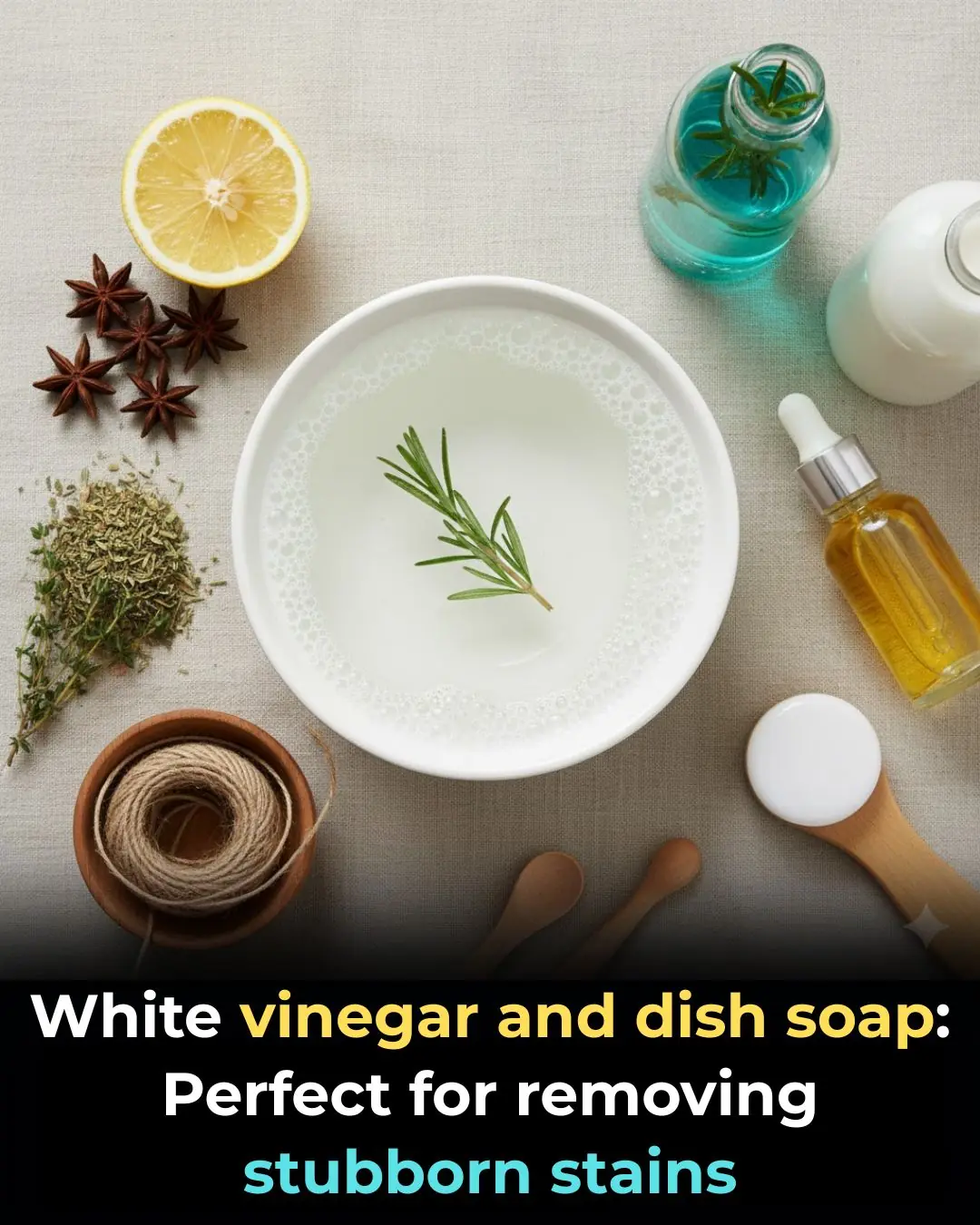
White vinegar and dish soap: Perfect for removing stubborn stains
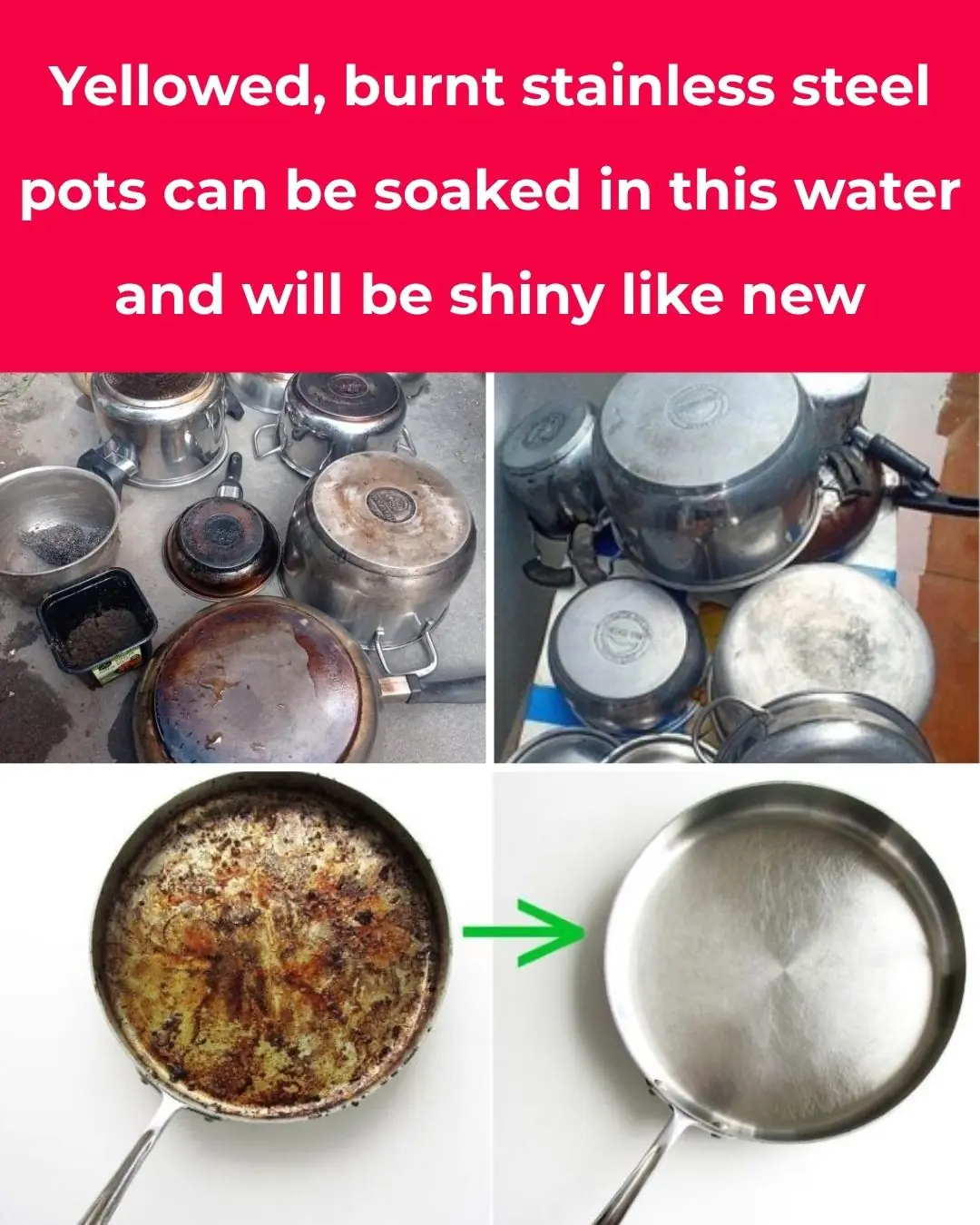
Stainless steel pots that are yellow or blackened should be soaked in this water and they will shine like new
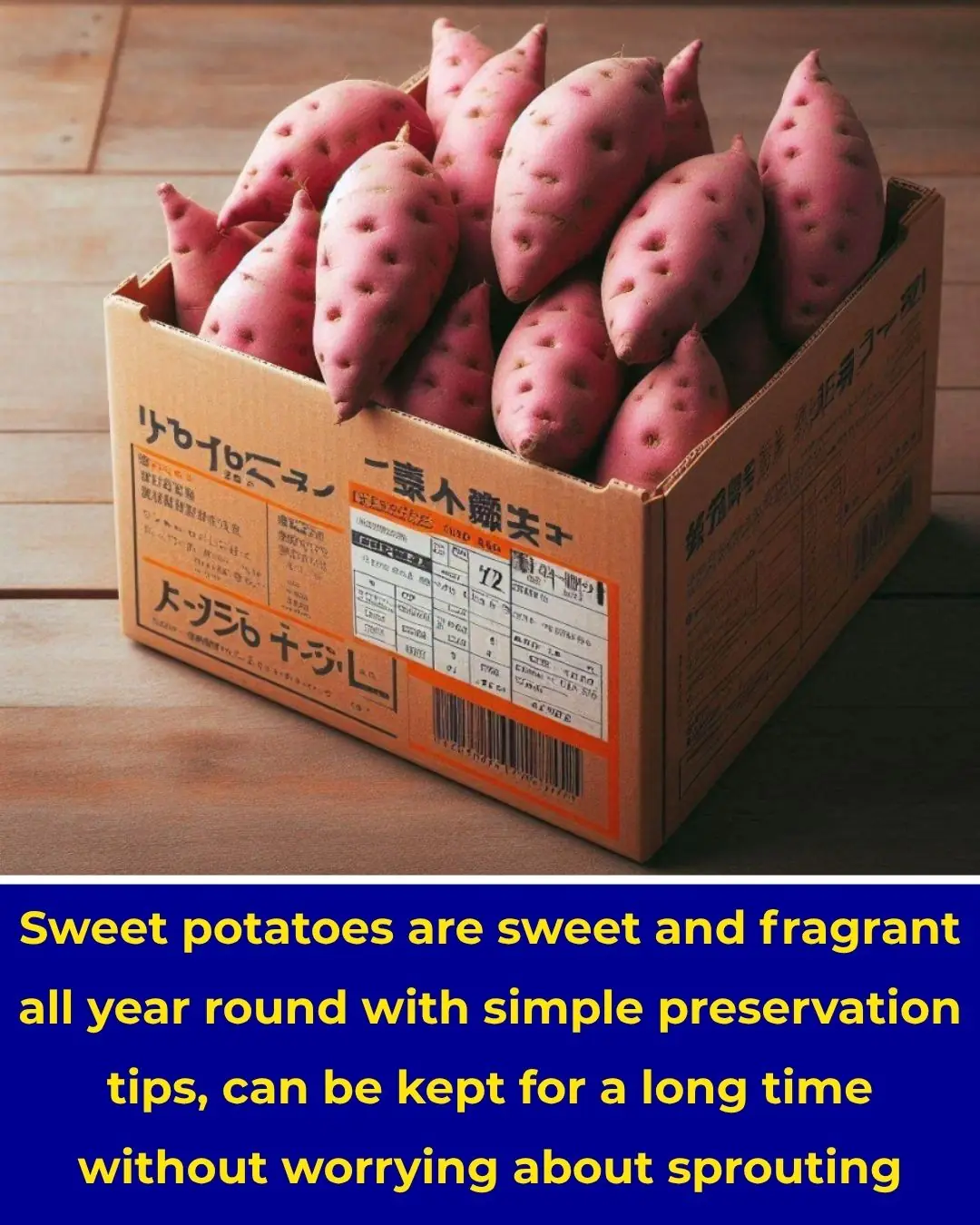
Sweet potatoes are sweet and fragrant all year round with simple preservation tips, can be kept for a long time without worrying about sprouting
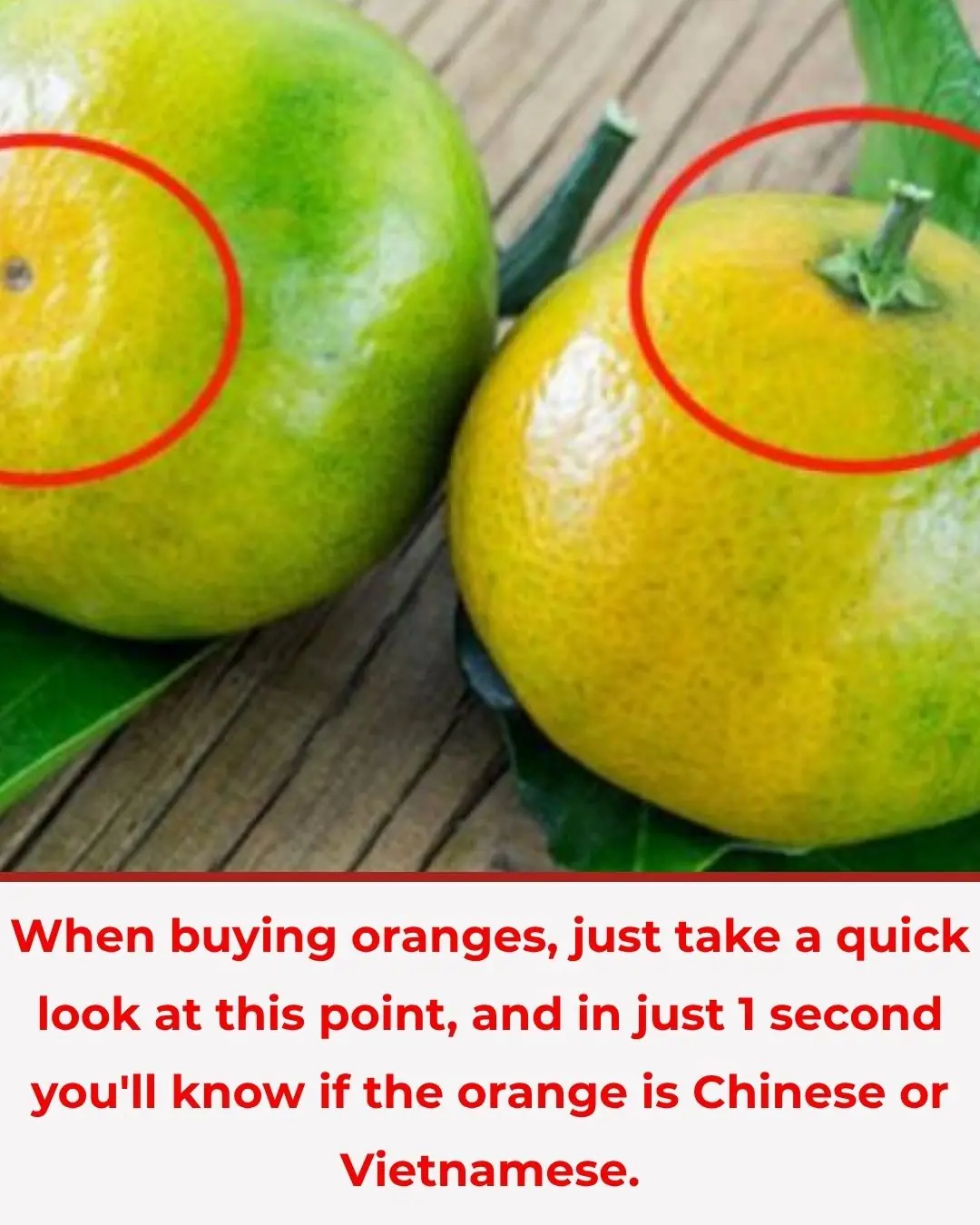
When buying oranges, just take a quick look at this point, and in just 1 second you'll know if the orange is Chinese or Vietnamese.

Effective tips to deodorize the toilet, many people do not know
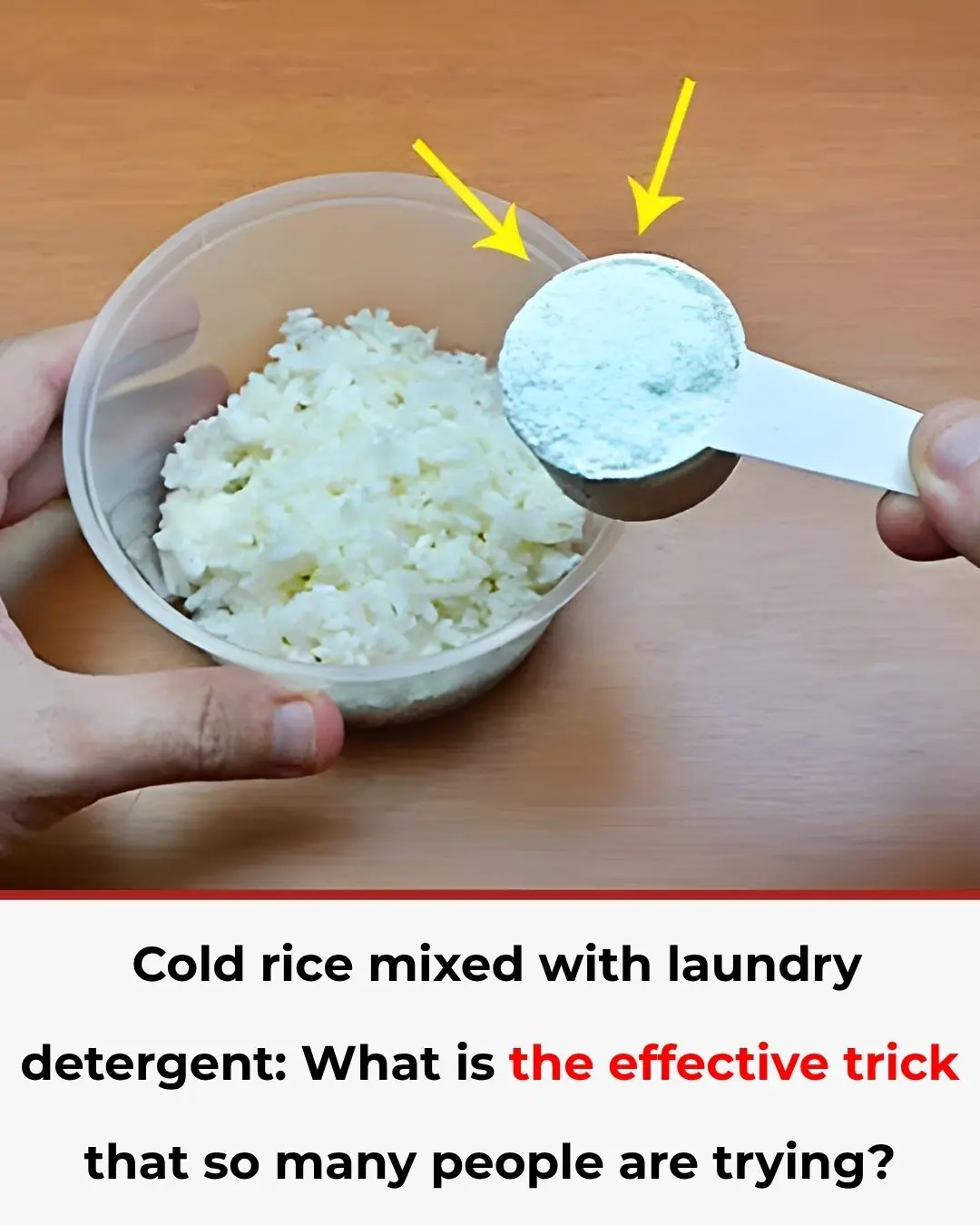
Cold rice mixed with laundry detergent: What is the effective trick that so many people are trying?

3 Deadly Mistakes People Make with Water Heaters – Don’t Risk Your Life
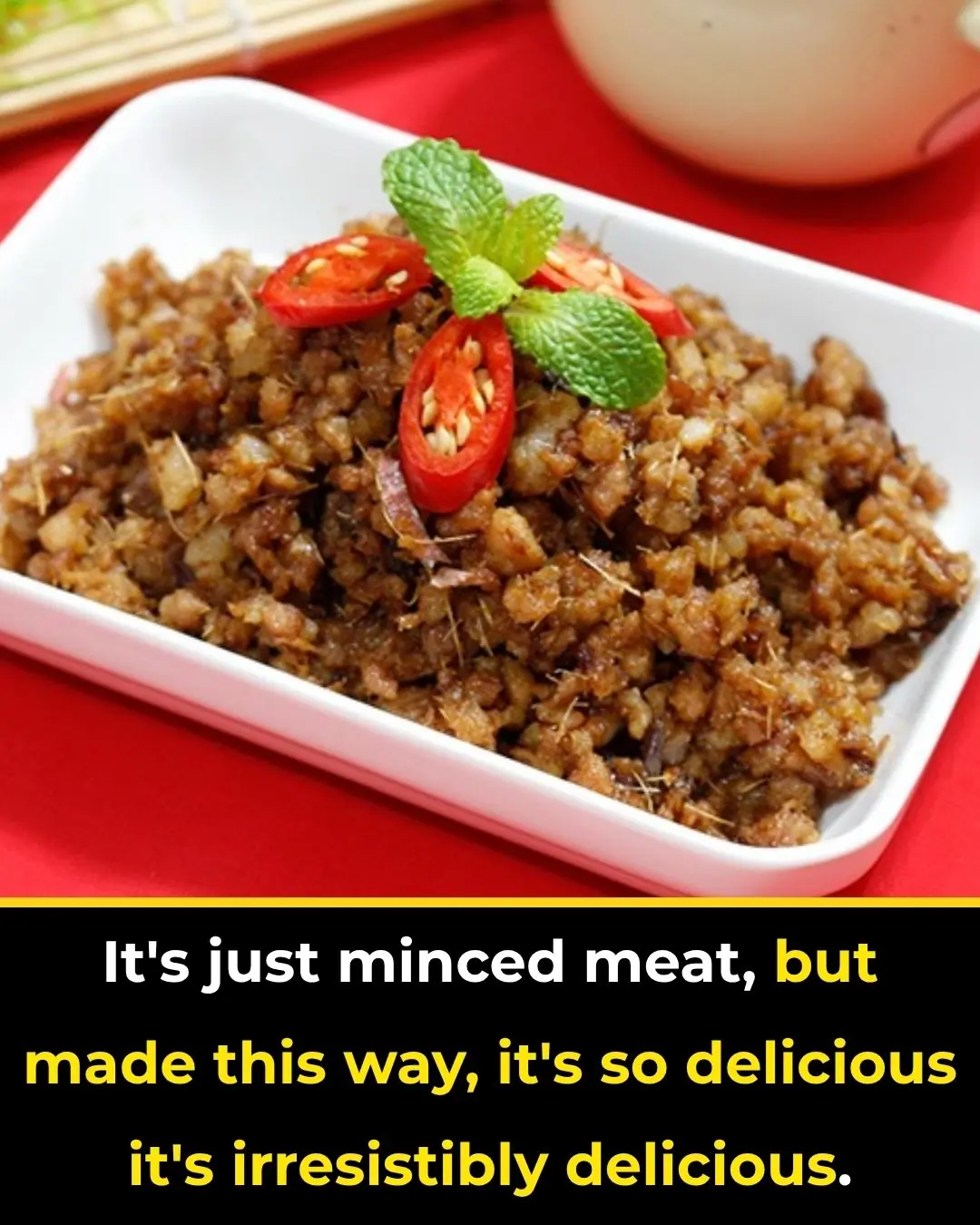
Just Minced Meat, But Made This Way, It Becomes Irresistibly Delicious

Top 10 Occupations with the Highest Risk of Cancer
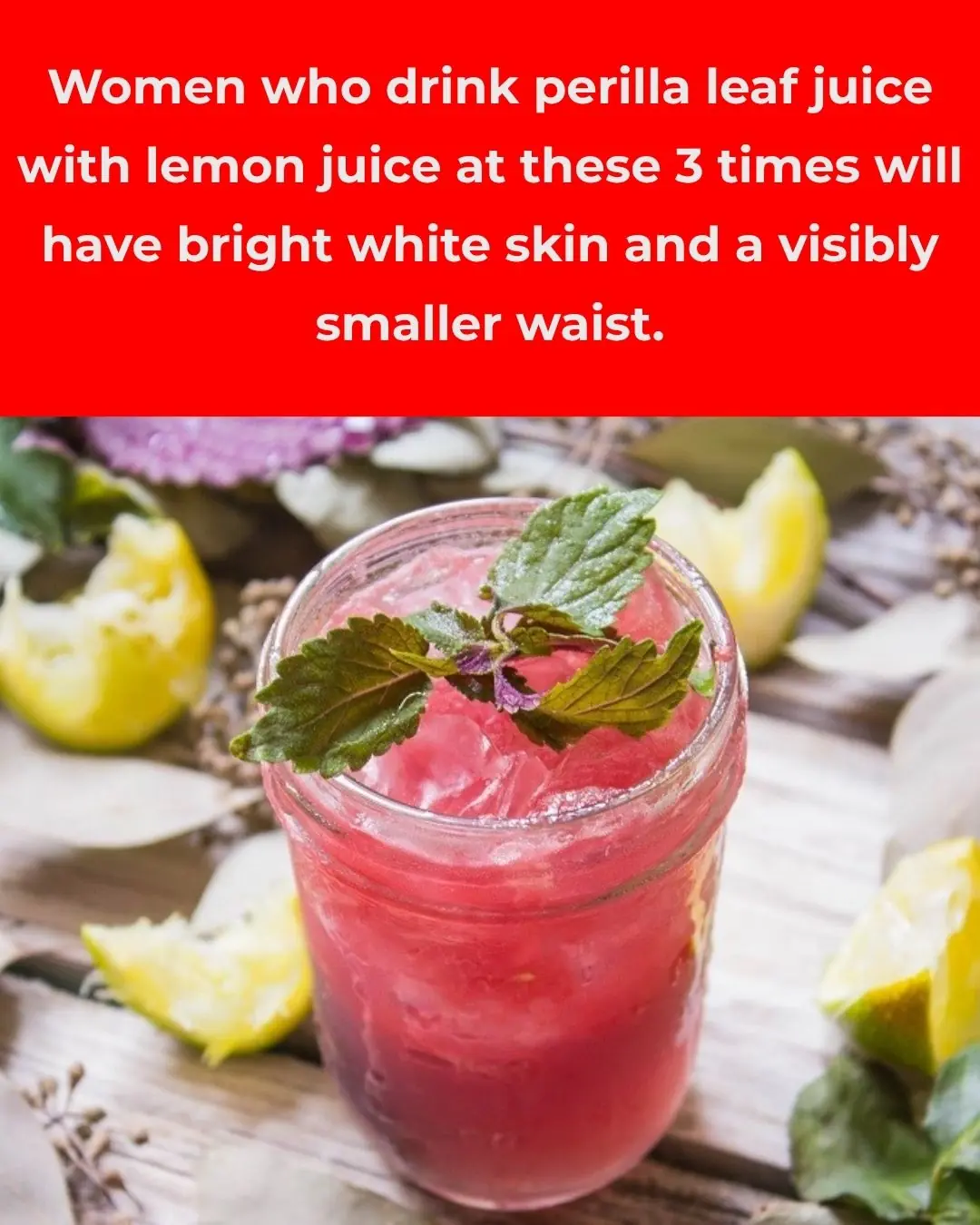
Women Who Drink Perilla Leaf Water with Lemon at These 3 Times: Brighter Skin and a Slim Waist
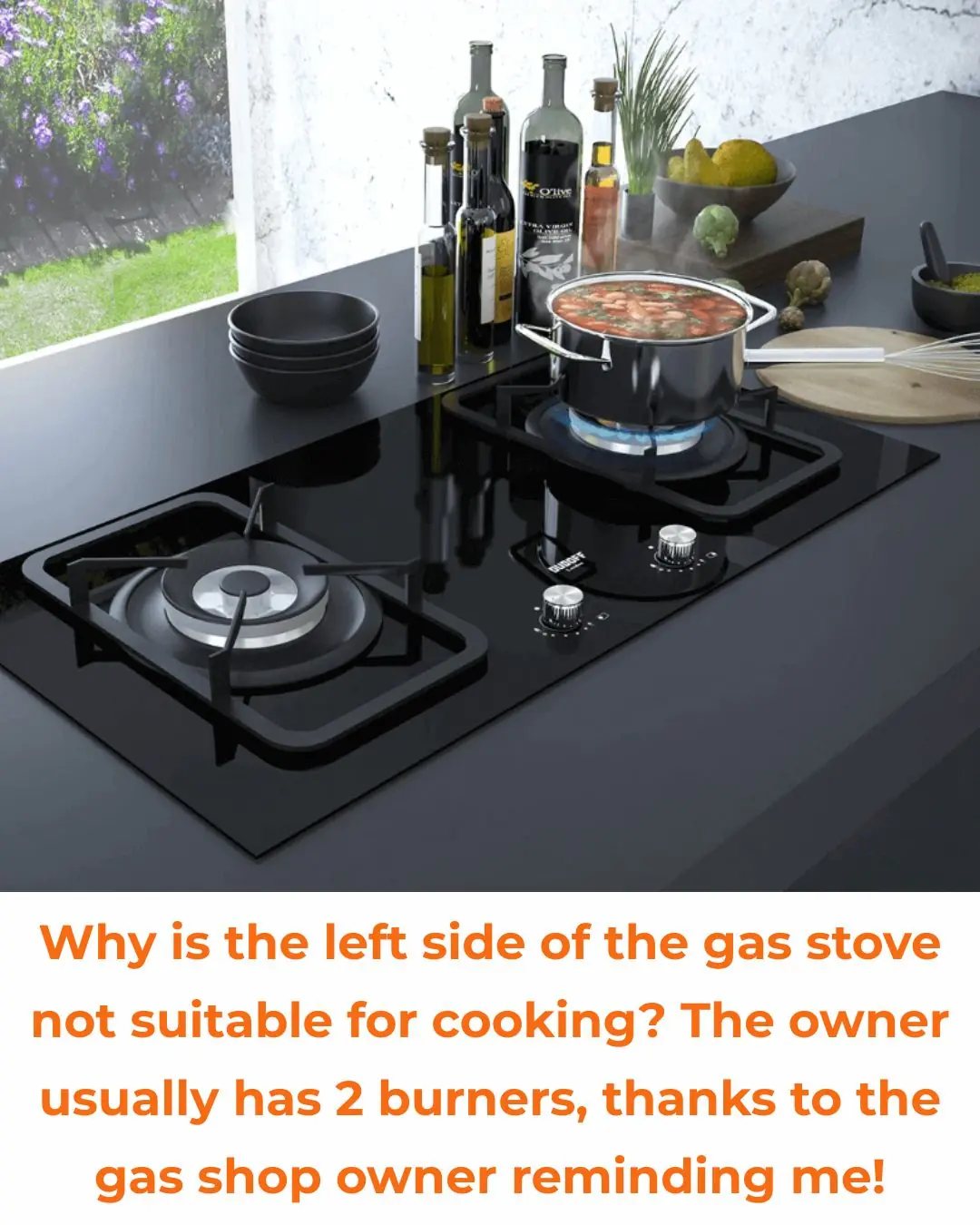
Why Is the Left Burner of a Gas Stove Not Ideal for Cooking?

Is It Dangerous to Stay Inside a Car During a Lightning Storm?
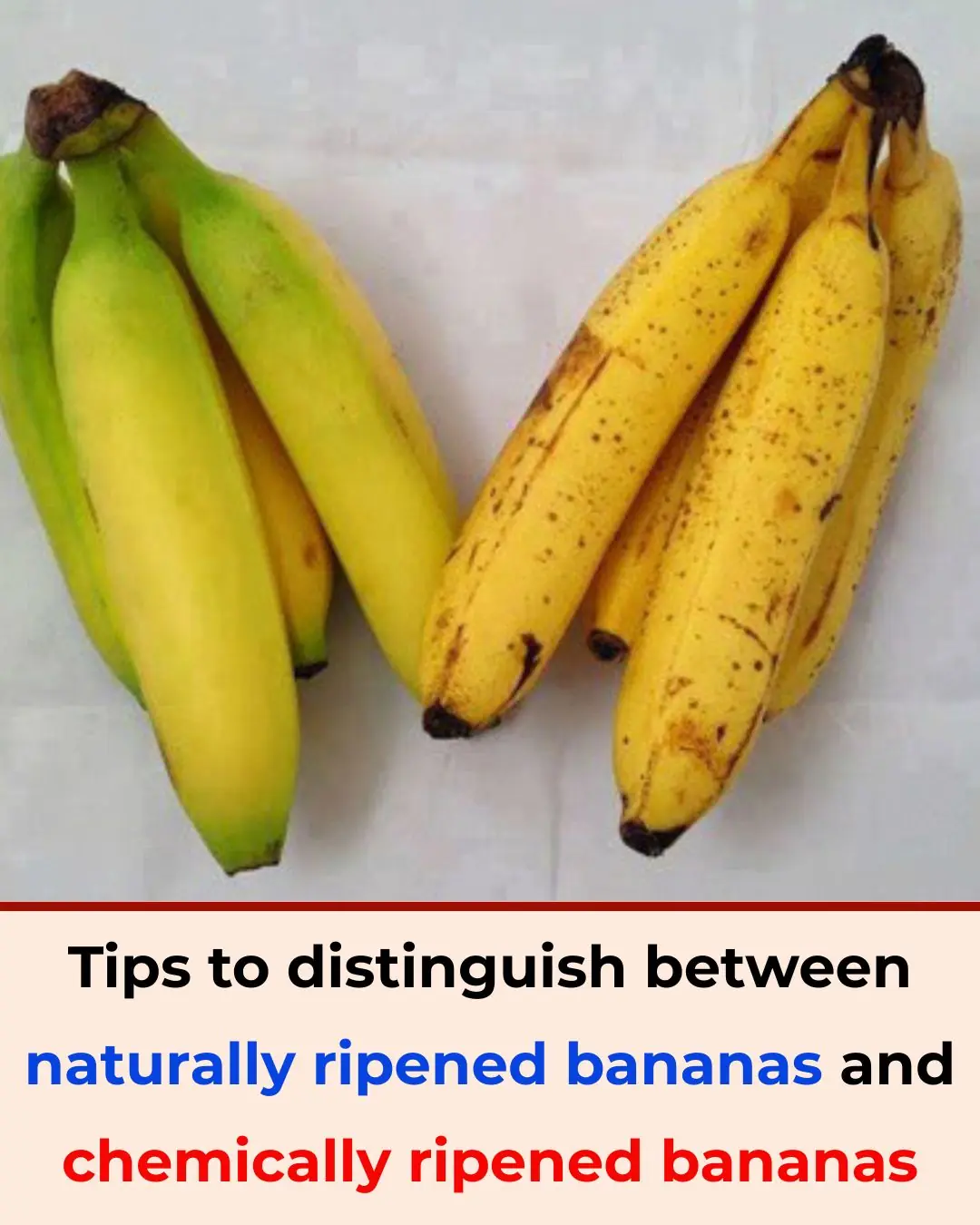
Tips to Distinguish Naturally Ripened Bananas from Chemically Ripened Ones
News Post

Peter Andre launches major project with wife Emily – ‘it’s very special’

Sandra Bullock breaks cover for first time in almost a year during LA outing with son
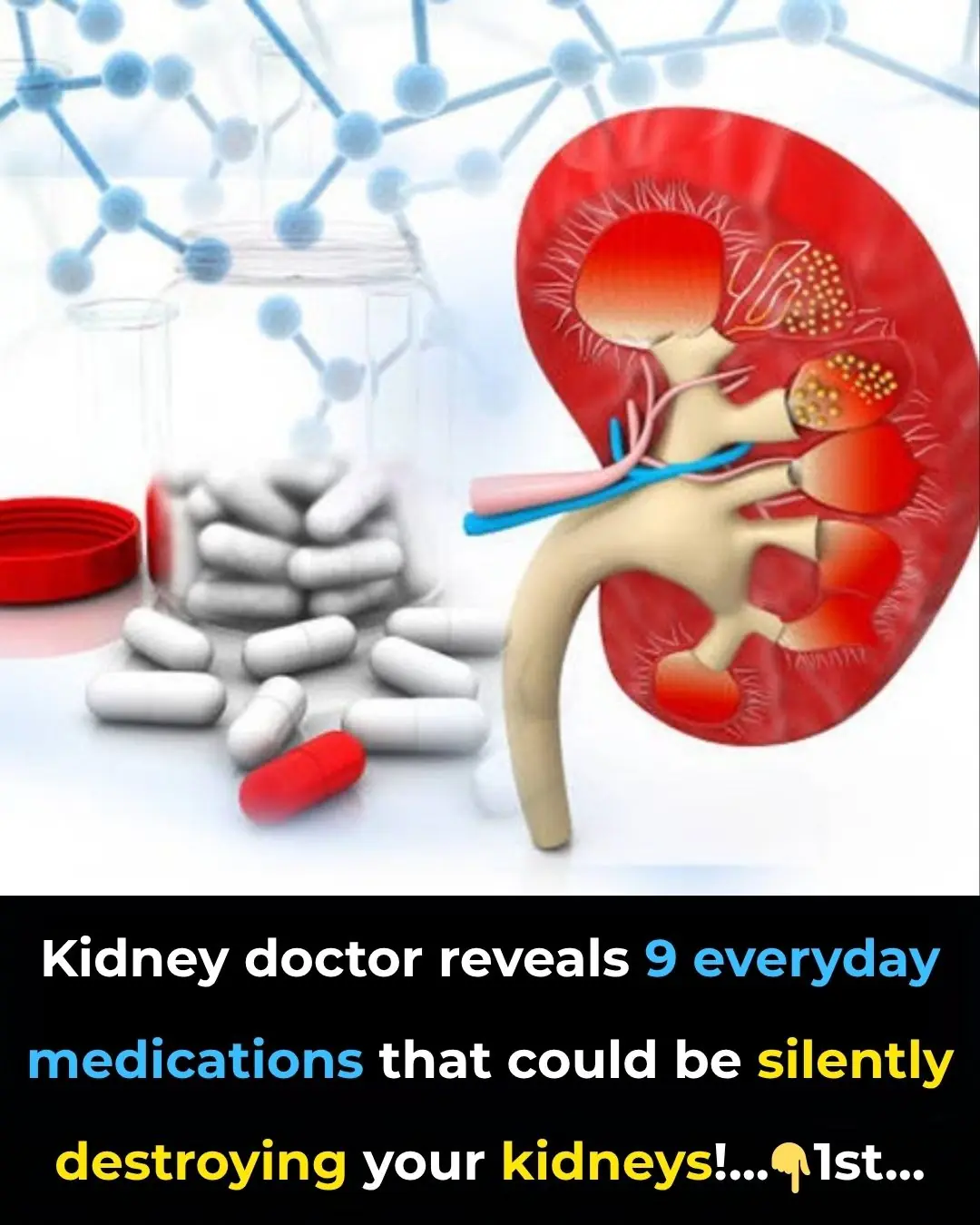
Kidney doctor reveals 9 everyday medications that could be silently destroying your kidneys!

Don’t Toss That Tuna Can

4 things you shouldn't keep

Predictions made about King Charles’ future with whispers of ‘conflict’ as he celebrates his birthday

Clothes worn for a long time turn yellow, use this method to make them white again like new

A legacy of health: Soong Mei-ling – longevity and fight against cancer

EastEnders icon Pat Evans to return as Nigel’s dementia symptoms worsen

Celebrity Race Across The World’s Dylan Llewellyn comforted by Roman Kemp after revealing brother James’ heartbreaking death

How to remove fishy smell in the refrigerator with simple ingredients

Princess Beatrice hosts poignant premature birth charity event with support of her husband Edoardo

It only takes 5 minutes to plant green onions in the core of toilet paper, saving you money all year round.

Boiled chicken that is not eaten up: Make this strange and easy to eat dish and it will be gone in no time.

Why you should bring a piece of paper when buying rice: Knowing the reason, you will want to follow it immediately

Anton Du Beke pays tribute to Strictly co-star in emotional Morning Live interview: ‘Always my hero’
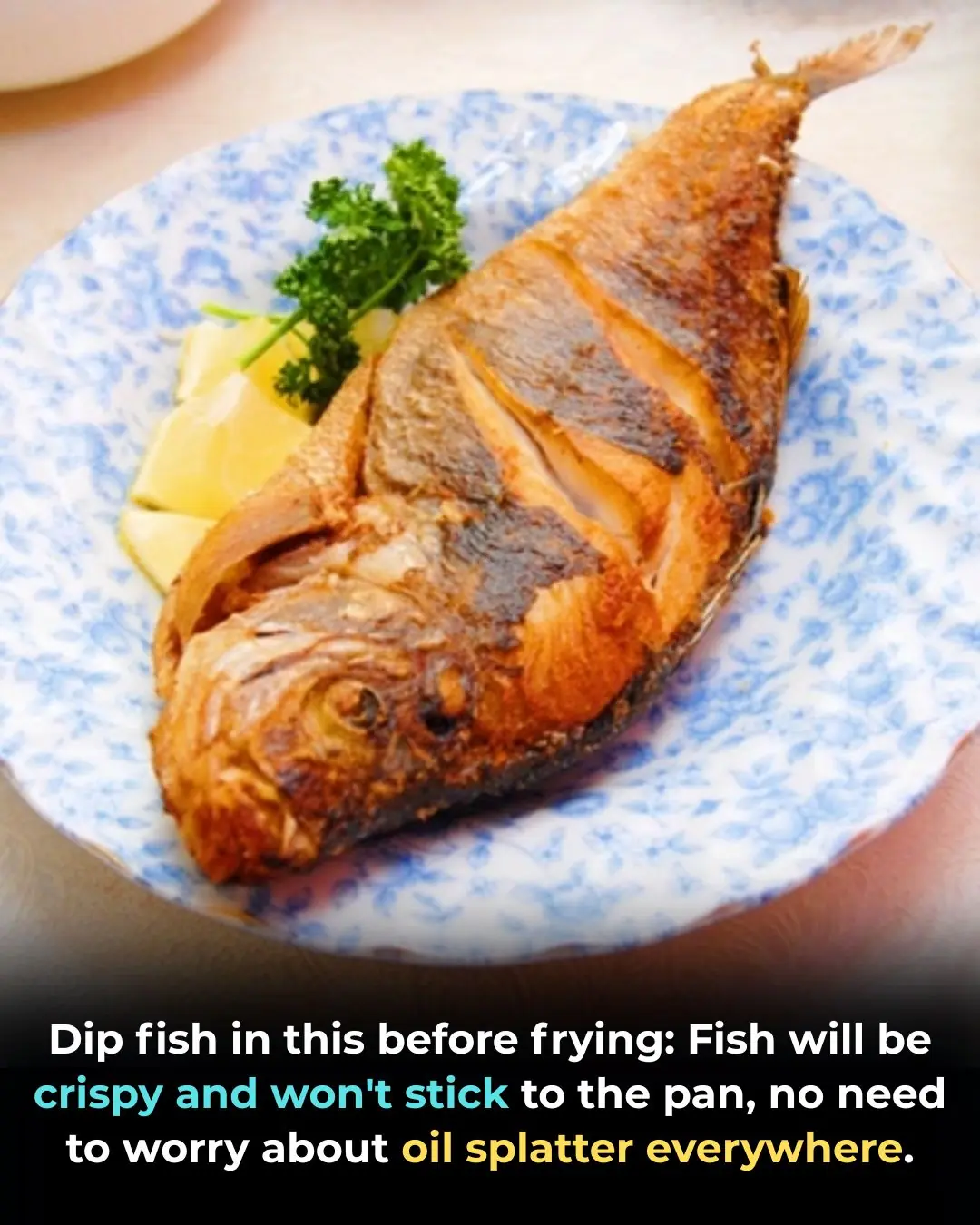
Dip fish in this before frying: Fish will be crispy and won't stick to the pan, no need to worry about oil splatter everywhere.

White vinegar and dish soap: Perfect for removing stubborn stains
